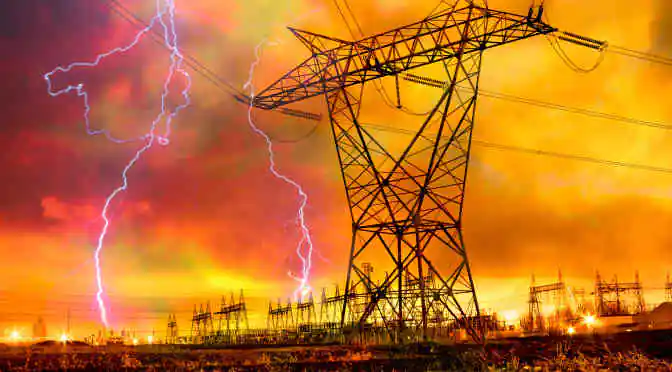Remember the days when the only picture we had of railways was a group of men shoving coal into the rail engine? Well, things have evolved a lot since then. Often regarded as the harbinger of industrial revolution in almost all the major economies of the world, the railways have improvised a lot in the past few decades. Electrification of the locomotive system, followed by use of energy-efficient batteries are two foremost changes in which the railway industry has undergone.
Why use batteries in railways?
In a bid to bring down the carbon emissions, governments are looking for ways to adopt clean energy. And even though railways is perhaps one of the most environment-friendly modes of transport, there is still a lot of scope for it to contribute towards a greener earth. Optimization of the various operations and controls, adoption of sustainable infrastructure, and reduction in energy consumption are some of the important ways through which railways can turn into an energy-efficient sector.
Diesel engines are not only uneconomical, but they also cause a lot of pollution. GHG emissions from diesel engines is a major issue which several industry experts are aiming to address. Processes like recording, normalizing, analyzing, targeting, and monitoring the trains are being improvised upon, to optimize the energy consumption. For instance, feedback from Traffic-Energy Analysis can be used to improve timetables, running curves, and power supply plan.
When compared to diesel engines, electrification of railways help in cutting down the cost of fuel imports on a huge scale. And it is a known fact that railway electrification and use of batteries go hand in hand. In fact, with a higher number of electrification projects, the battery market for railways too is expanding. Adoption of battery in railways, help:
- Bring down the dependency on fossil fuels
- Provide long shelf-life, due to low self-discharge
- Offer high open-circuit voltage
- Reduce carbon emissions
In a recent press release, BP predicts that by 2035, the global energy consumption will increase by 41%. Out of this total 41% increase, more than half of the energy demand will be from the transportation sector. It is in this context that the use of batteries become all the more critical – for railways and other modes of transport as well.
The future of battery market for railways
Like in the case of any other industry, the adoption of batteries in railways also has some inherent challenges. The slow pace of many railway projects is just one of them. Usually, in both developed and developing countries, the railway sector is solely owned by the government. Slow work process of the bureaucratic system along with deficit financing makes it difficult to procure and implement the battery system in the railways. Especially when it comes to developing countries like India, lack of participation from the private sector is seen as a major impediment in the completion of several rail projects.
Countries like Japan, Germany, and even the US, where the private companies are involved in the railway industry, have seen far more success in project completion as well as the implementation of energy-saving substitutes like batteries. A Huge amount of investment in the initial stage, along with 2008 recession are two other factors which have slowed down the expansion of battery market for railways. But despite these challenges, industry experts at Technavio predict that by 2020, the battery market for railways to grow at a CAGR of 4%.
For an in-depth analysis of the battery market for railways:
Order the 2016-2020 Report on Global Battery Market for Railways
You might also be interested in:
The 2016-2020 Report on Global Off-Grid Energy Storage System Market



